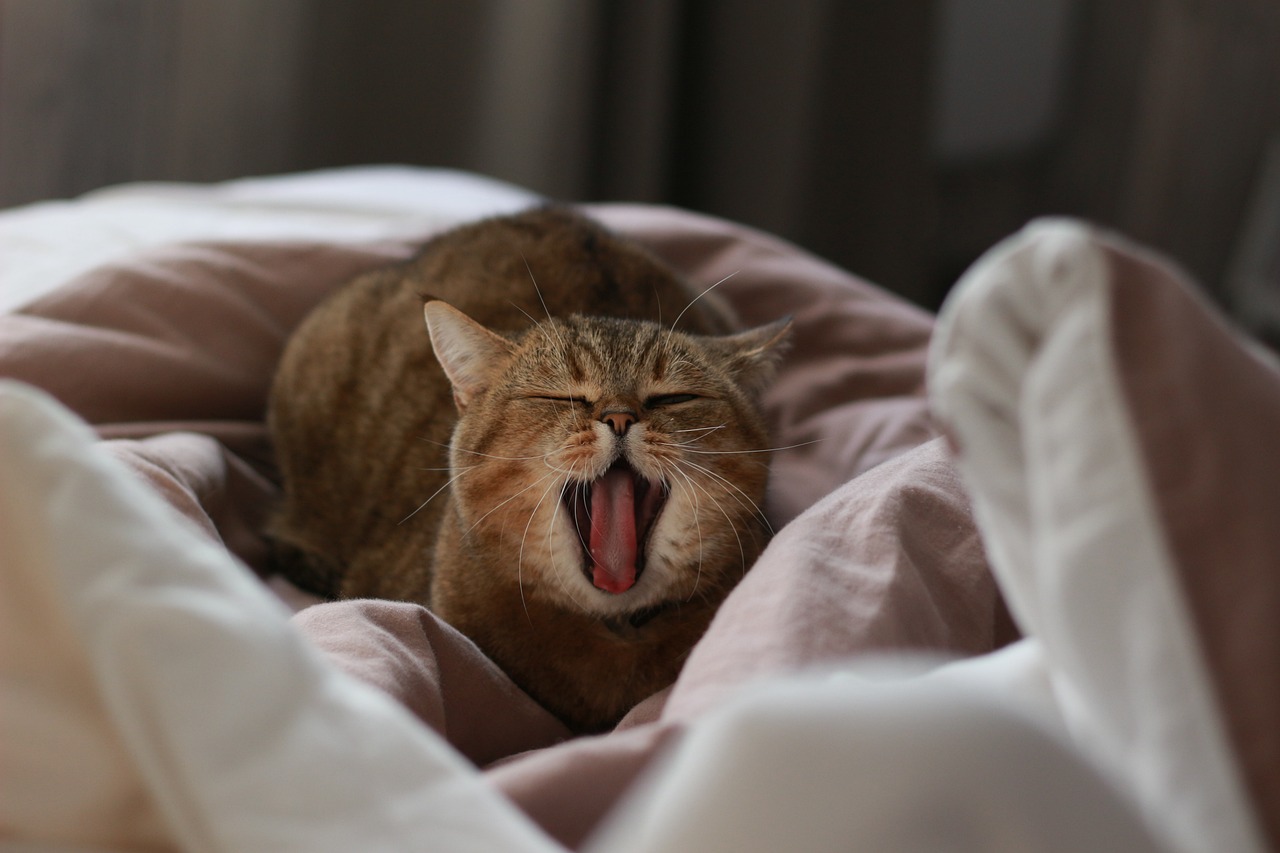Cats, with their mysterious and independent nature, often leave pet owners intrigued and sometimes perplexed by their behaviors. In this comprehensive guide, we will delve into the intricacies of cat behavior, exploring the causes and meanings behind common actions. Additionally, we’ll provide practical training tips to foster a harmonious relationship with your feline friend, emphasizing the importance of pet care and cat health.
Understanding Cat Behavior:
Kneading:
Cause and Meaning:
Kneading, where a cat rhythmically presses their paws against a soft surface, is a behavior carried over from kittenhood. Kittens knead their mother’s belly to stimulate milk flow. In adulthood, it’s a sign of comfort, relaxation, and contentment.
Dealing with It:
Encourage kneading by providing soft blankets or your lap. It’s a natural and soothing behavior for cats. However, if it becomes too intense or uncomfortable, redirect their attention to a designated kneading spot.
Purring:
Cause and Meaning:
Purring is a multifaceted behavior that cats exhibit when content, relaxed, or seeking comfort. It’s not limited to positive emotions; cats may also purr when injured or anxious as a self-soothing mechanism.
Dealing with It:
Appreciate purring as a sign of your cat’s well-being. If it occurs in stressful situations, identify and alleviate the underlying cause. Regular vet check-ups are essential to rule out any health issues.
Scratching:
Cause and Meaning:
Cats scratch to mark territory, sharpen claws, and stretch muscles. Scratching is an innate behavior crucial for their physical and emotional well-being.
Dealing with It:
Provide scratching posts or pads to redirect this natural behavior. Regular nail trims can minimize damage to furniture. Avoid punishing the cat; instead, positively reinforce the use of appropriate scratching surfaces.
Hiding:
Cause and Meaning:
Cats retreat to hiding places when stressed, scared, or unwell. It’s an instinctual behavior rooted in their survival mechanism as elusive hunters.
Dealing with It:
Respect your cat’s need for space. Identify stress triggers and create a secure environment. Gradual exposure to new situations and positive reinforcement can help reduce hiding behavior.
Head-Butting:
Cause and Meaning:
Head-butting, or “head bunting,” is a friendly gesture expressing affection and trust. Cats have scent glands on their heads, making this behavior a way to mark you with their scent.
Dealing with It:
Appreciate head-butting as a sign of your cat’s affection. Respond with gentle petting or verbal reassurance. It strengthens the bond between you and your cat.
Chirping and Chattering:
Cause and Meaning:
Chirping or chattering often occurs when a cat observes birds or prey. It’s a mix of excitement and frustration, possibly related to hunting instincts. Dealing with It:
Allow your cat to indulge in this behavior when watching birds or engaging with toys. It’s a harmless expression of their hunting instincts. Ensure your home has stimulating toys to channel this energy.
Biting and Scratching During Play:
Cause and Meaning:
Play aggression, including biting and scratching, is normal behavior for cats. It mimics hunting behaviors seen in the wild.
Dealing with It:
Use interactive toys to engage in play without direct contact. If your cat becomes too rough, cease play and redirect their attention to appropriate toys. Avoid using hands as play objects.
Training Tips for Positive Behavior:
- Positive Reinforcement:
Use treats, praise, and affection to reinforce desired behaviors. Positive reinforcement is more effective than punishment in shaping a cat’s behavior. - Clicker Training:
Clicker training involves associating a clicking sound with a reward. It’s a precise way to communicate with your cat and reinforce good behavior. - Consistency is Key:
Establish a consistent routine for feeding, play, and interaction. Cats thrive on predictability, and consistency helps them feel secure. - Provide Enrichment:
Cats need mental and physical stimulation. Offer puzzle feeders, interactive toys, and scratching posts to keep them engaged and prevent boredom-related behaviors. - Redirect Undesirable Behaviors:
Instead of punishing unwanted behaviors, redirect your cat’s attention to more appropriate activities. For example, if your cat is scratching furniture, gently guide them toward a scratching post.
The Role of Pet Care and Cat Health:
- Regular Veterinary Check-ups:
Routine veterinary visits are crucial for monitoring your cat’s health. Behavioral changes can sometimes be indicative of underlying medical issues. - Balanced Diet:
Proper nutrition contributes to a cat’s overall well-being. Ensure a balanced diet and consult with your veterinarian to meet specific dietary needs. - Hydration:
Cats may not drink enough water, leading to urinary issues. Provide a clean water source and consider wet cat food to increase water intake. - Grooming and Oral Care:
Regular grooming helps maintain a healthy coat, and dental care is vital to prevent dental issues. Introduce grooming and dental routines gradually to make them more comfortable. - Spaying/Neutering:
Consider spaying or neutering to manage behavioral issues like spraying or aggression. It also contributes to population control and prevents certain health problems.
Understanding cat behavior is a key aspect of building a strong and positive relationship with your feline companion. By recognizing the causes and meanings behind their actions, you can effectively address behavioral challenges and create an environment that supports their well-being. Training tips focused on positive reinforcement, consistency, and redirection empower you to shape desirable behaviors in your cat.
In the realm of pet care and cat health, a holistic approach encompasses not only behavioral aspects but also physical and nutritional considerations. Regular veterinary check-ups, a balanced diet, proper hydration, grooming, and preventive measures contribute to the overall health and happiness of your beloved cat. With patience, understanding, and a commitment to positive reinforcement, you can foster a deep and fulfilling connection with your feline friend that lasts a lifetime.

